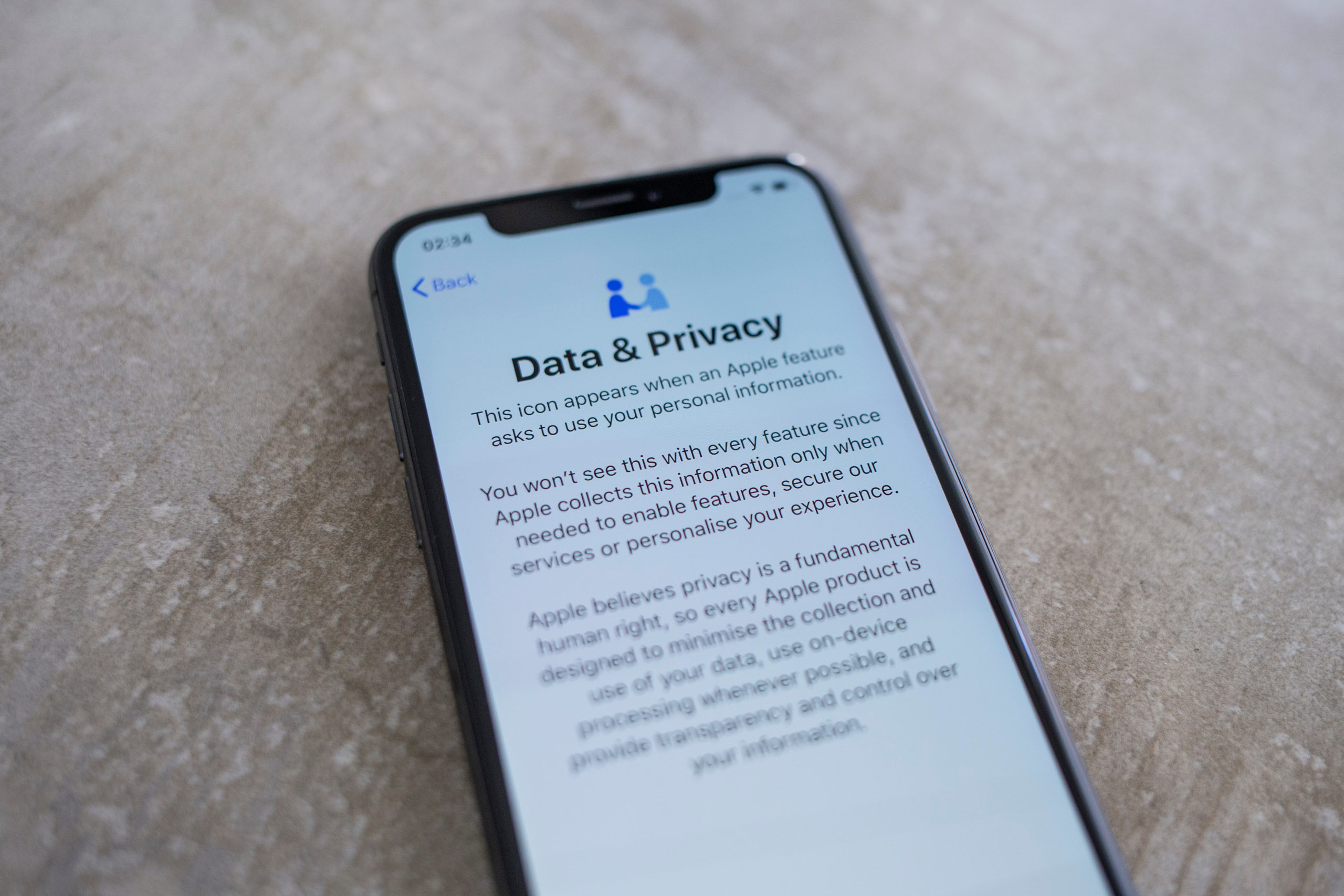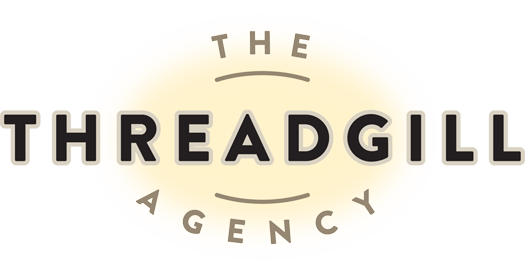
28 Sep Pivoting Your Facebook Retargeting Strategy
Apple iOS Update Impacts Ad Campaigns
If it has been more than six months since you’ve had a serious discussion about your Paid Social strategy with your digital agency, you are well overdue and likely seeing poor results in your campaigns. You can write great ad copy, create engaging graphics and media, and target and segment your audience, but using the same ‘best practices’ you did a year ago means you might be out of step with how the platform as evolved, that is especially for Facebook retargeting campaigns impacted by Apple’s iOS14 update released earlier this year.
Because of the update’s impact on social media apps, businesses are needing to rethink and reprioritize their budgets and strategies.
“Facebook advertising is not going away, so companies need to pivot in both how they’re reaching their customers and how they’re collecting data to serve them better,” says Mat Threadgill, founder of The Threadgill Agency.
Impact of iOS14 on Facebook Data
Since 80% of users access Facebook only via their mobile device, and half of those users are on iPhones, the impact of iOS14 on Facebook campaigns is far-reaching. Plus, only 4% of users are granting permission for tracking thus far. Here’s an overview:
- Facebook iPhone users now have to opt-in to have their data shared to third parties.
- For analyzing ad effectiveness, most audience insight data is now external from Facebook and not trackable for iPhone users.
- Without IDFA (Identifiers for Advertisers) remarketing to customers via Facebook based on your website activity is limited.
- Attribution reporting is further limited to only seven days post-click, meaning campaign effectiveness may seem underreported relative to a year ago.
Adapting to Make the Most of FB Ads
Facebook continues to be a valuable tool for advertising, though it’s now more crucial than ever to rely on the platform’s internal business tools and data to run successful campaigns. Experts at Threadgill note that some industries will find this easier than others — consumer-focused verticals for example (like beauty products, food, or fashion) are actively talked about on social media and therefore rich in-platform insights still exist. But without access to third-party data you may struggle on Facebook if you are in a niche B2B space, like paper goods for restaurants or industrial safety and cleaning supplies.
You can overcome these challenges by working closely with your digital agency to spend your social media ad dollars wisely and apply the data strategically to track conversions.
What to Do Now:
- Keep Facebook retargeting campaigns running. Know your audience is more limited than it once was, however, and be open to reducing your FB retargeting ad budget if the numbers warrant it. Monitor your ad frequency and if it is too high, adjust your spending accordingly.
- Look at adding Facebook Ad and Page engagement to your retargeting campaign. While the collecting of audience data on your website via the Facebook pixel is limited with iOS14 – you can still build audiences based on what happens inside the platform. That means targeting users that have engaged with your page, posts and ads can still be opportunities to build a remarketing list.
- Match first-party data with Facebook audience lists. First-party data is info your business collects directly from the customer (like email addresses and phone numbers). They provide the strongest leads because it’s from your most engaged audience.
- To use first-party data in Facebook, you can create a custom audience that’s matched with your customer list. The more info you have on your customer list, the more you can find other customers who match their demographics or interests through segmented campaigns.
- If thsesare prior purchasers, consider what your message is going to be (introduce them to a new product they haven’t purchased before, or run a replenishment campaign for them to stock up on their favorites). Don’t show them the same brand ad that everyone else sees.
- This can be a natural extension of your email campaigns (in fact most times this list is already going to be your core email list). With email open rates only around 20%-25%, you aren’t reaching all of your customers by engaging with them in just that channel. Extending your email messaging to social with this audience means you can reach people that didn’t open the email and reinforce the message to those that did.
- Create interest audiences, but don’t bucket everyone together. For prospecting, focus more on interest audiences within Facebook — but the key is to segment. Don’t throw multiple interest groups into one ad set; split them up so you can determine which ones perform better. Beyond interest groups, segment demographically by age or gender as well. This can help you narrow in on performance.
- For example, if you are targeting women ages 35-50 for a health supplement, segment the audience into several interest groups (gym memberships, parenting, organic food) to see which is most successful. The interest list is searchable within Facebook, but here’s a complete interest list to help get your juices flowing for your segmented ads.
To analyze if your Facebook retargeting campaigns are effective, contact The Threadgill Agency for a review of your social media ad strategy.
